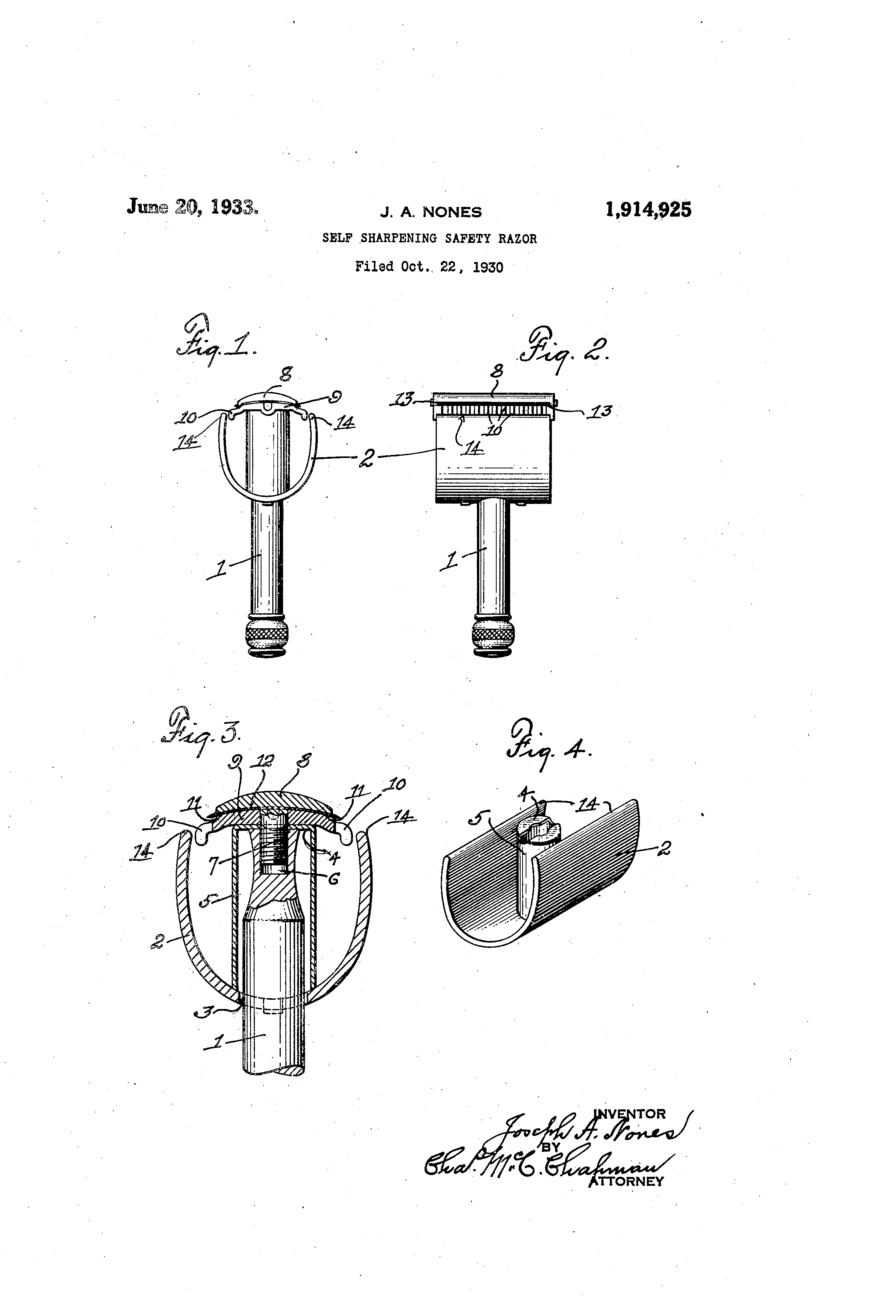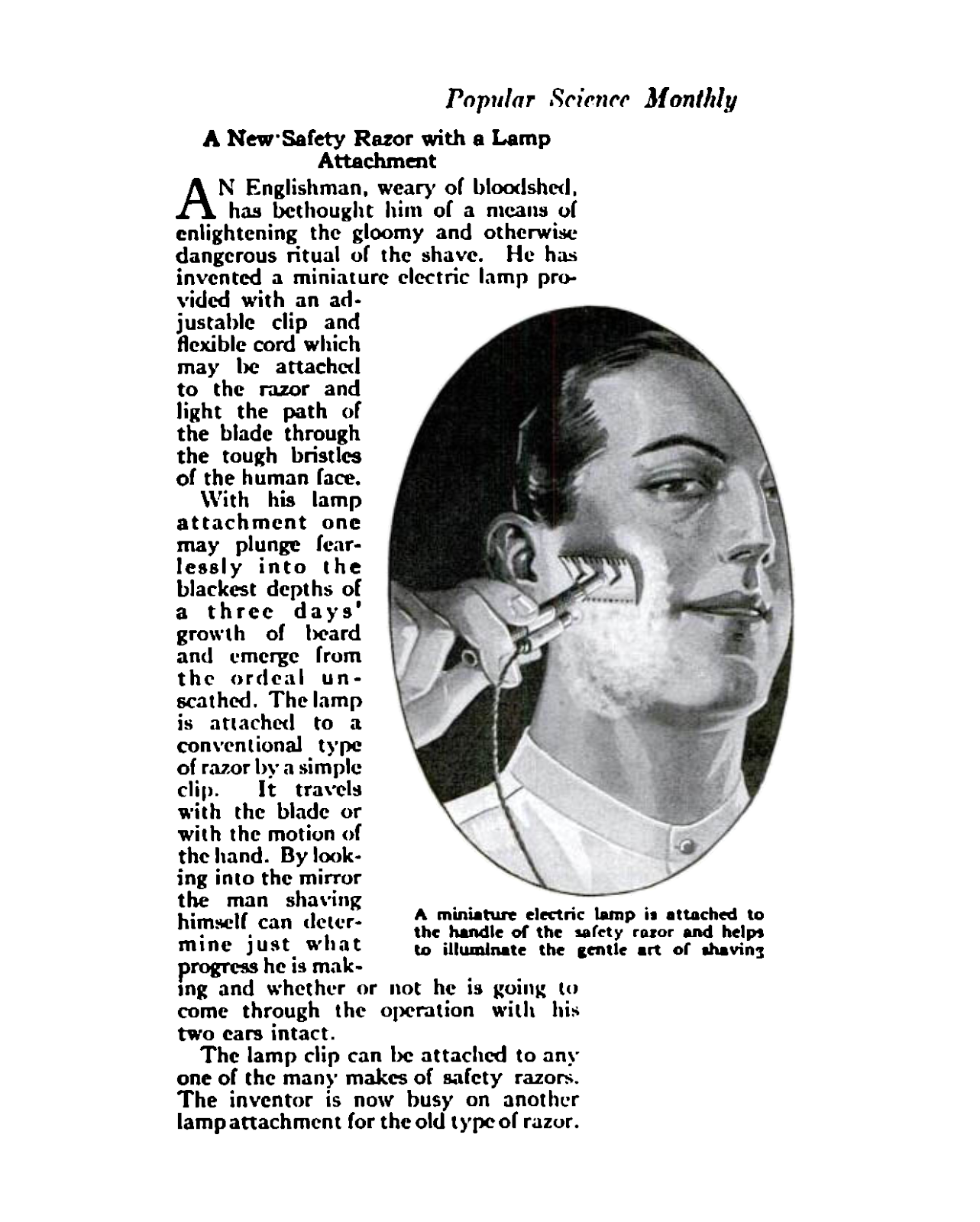The main purpose of almost every business is to enrich it’s shareholders – which is why you should be very, very sceptical to any claims they make about anything else. With that in mind, have a look at this commercial from Gillette; part of the huge multinational P&G and the company who pretty much invented the DE as we know and love:
The message the ad pushes across? Pretty close to “your get more girls / be more successful / be more popular if you use our razor”… despite the fact that by switching you’ll spend more of your hard earned rupies on shaving supplies and those rupies will go into the very deep and already filled pocket of a large multinational.
*sigh*
The sad story that some seems to forget (or ignore) is that Gillette came up with the Guard – which some reviews state gives a better shave than the multi-blade horrors Gillette and others currently sells in the west – as a way to entrap shavers in the third world. People who can’t afford the Fusions and Mach3s and whatchamacallits will – if Gillette have their way – be lured away from reasonable affordable shaving with a wide range of suppliers and into the walled garden of the huge multinationals… and once they are there you can put good money on the fact that they will be milked for what they are worth.
Anybody wants to bet against Gillette coming out with a GuardPlus or GuardElite in a few years? It’ll be just a few rupies more but the Bollywood stars uses it, so you should to!!! The tactic worked on consumers in the west, so there is no reason it shouldn’t work in the rest of the world.
I have been accused for being too cynical, too dismissive of the Gillette Guard… claims have been made that it is a very good razor as far as cartridges go (if so, why do P&G still peddle the more expensive multi-blade horrors to us Westerners – their profit margins in the west should be higher with something like the Guard?)
Well, I know that the plural of anecdote isn’t data, but lets look at what I do know:
First off, Gillette has gone out publicly (link goes to PDF press release) and said that the goal of the Guard is to get people in the third world who are using DE razors to switch to a Gillette product – refer to their all mighty bottom line; they make nothing if an Indian or Bangladeshi shaver buys another brand or a no-brand DE blade to use in his old, possible interred safety razor.
Secondly, I had the pleasure of going on a 12 month mission to South Sudan as a UN Military Observer a while back – came home just under a year ago – and had the good luck to be sent to a Team Site where a Company of the Bangladesh Army provided the Force Protection. Wonderful people to hang around, great (and spicy) food, lots of things to learn about other cultures. One of the things I noticed while on my first Long Duration Patrol – that is, being out of the Team Site for several days and camping on the road – was that the rank and file were using DE razors and soap, while the officers were using cartridges and canned goo*. I got the chance of asking one of the officers about it some time later, and the reply I got was pretty much “but we have to use western razors, it’s expected of people in our position – using an old razor is loss of face.”.
So yeah, while the Guard might be a good razor as far as cartridges go, Gillette is most likely trying to get people to buy it due to the perceived “status” of using a modern razor, coupled to the desire to fill their own coffers by locking said shavers into Gillette’s walled garden… but when you come down to it that’s the job of a company; provide profit for their stockholders. The fact that it’ll create more waste, cost the consumers more money and give a shave that is no better (or just as likely – worse) than what a billion men (if we’re to trust P&G’s press release) uses today is of no importance to Gillette and their mother company.
Maybe it is just me being Western, cynical and well off.. but wouldn’t it be nice if Gillette (and by extension P&G) regained their dominant position in the marked by making and providing the best, most affordable DE razors and blades like they used to have a reputation for? I hate walled gardens…
*) With the exception of the Company Commander: he had his batman shave him with a straight razor every morning while the commander was reading – a somewhat surreal sight while in the middle of the African bush.
Like this:
Like Loading...


















